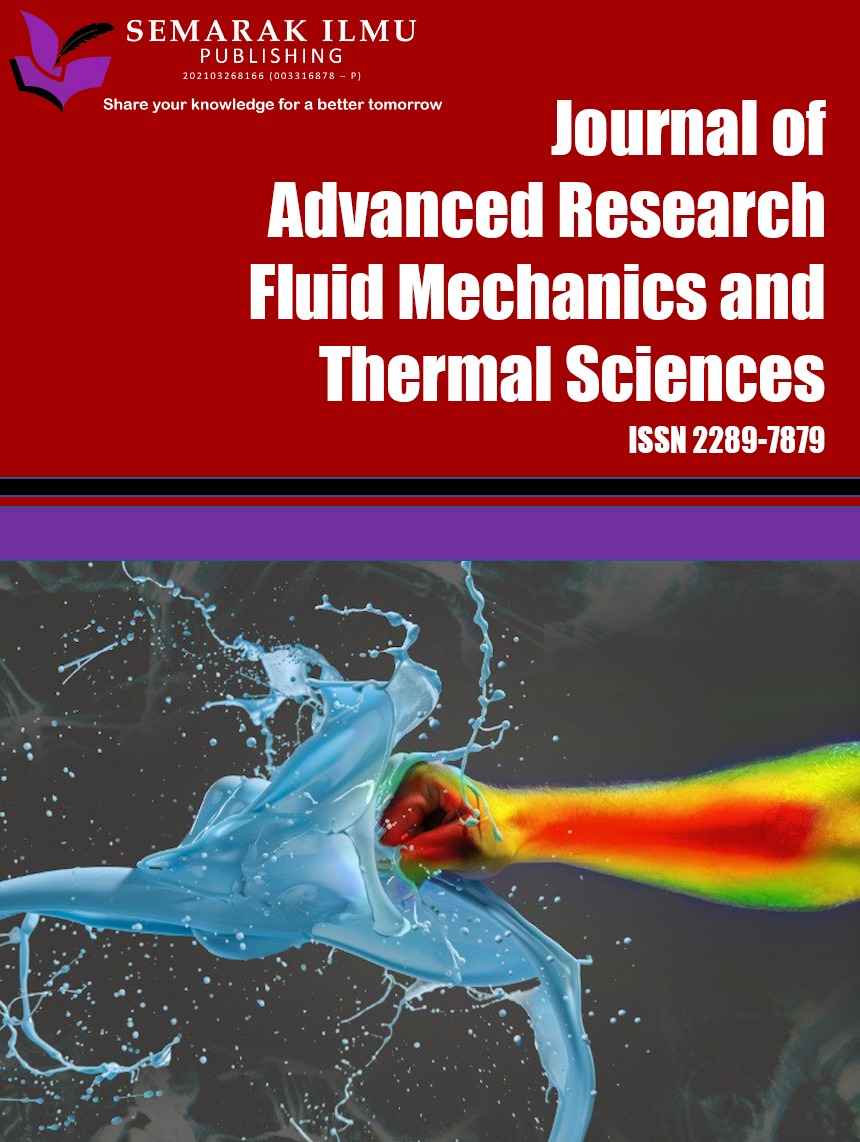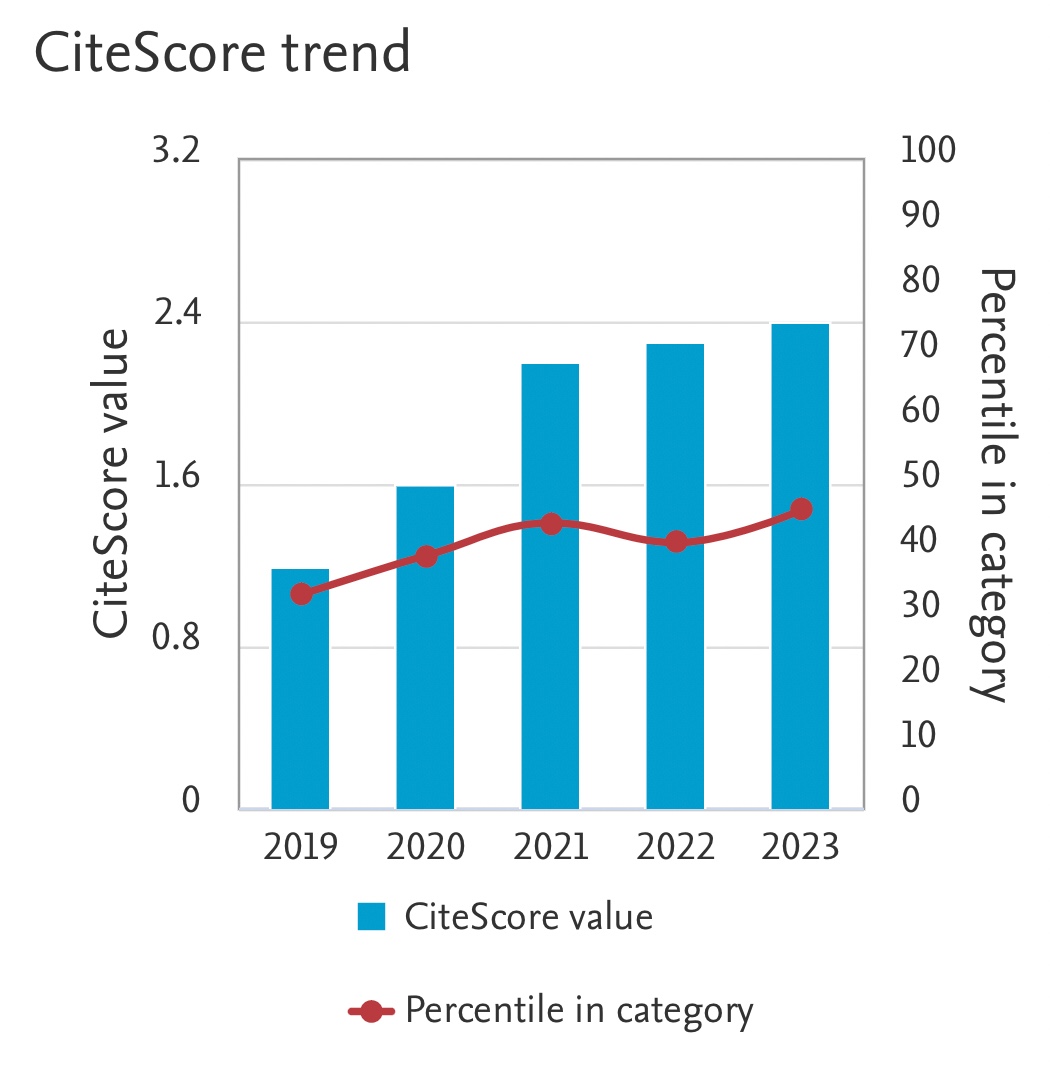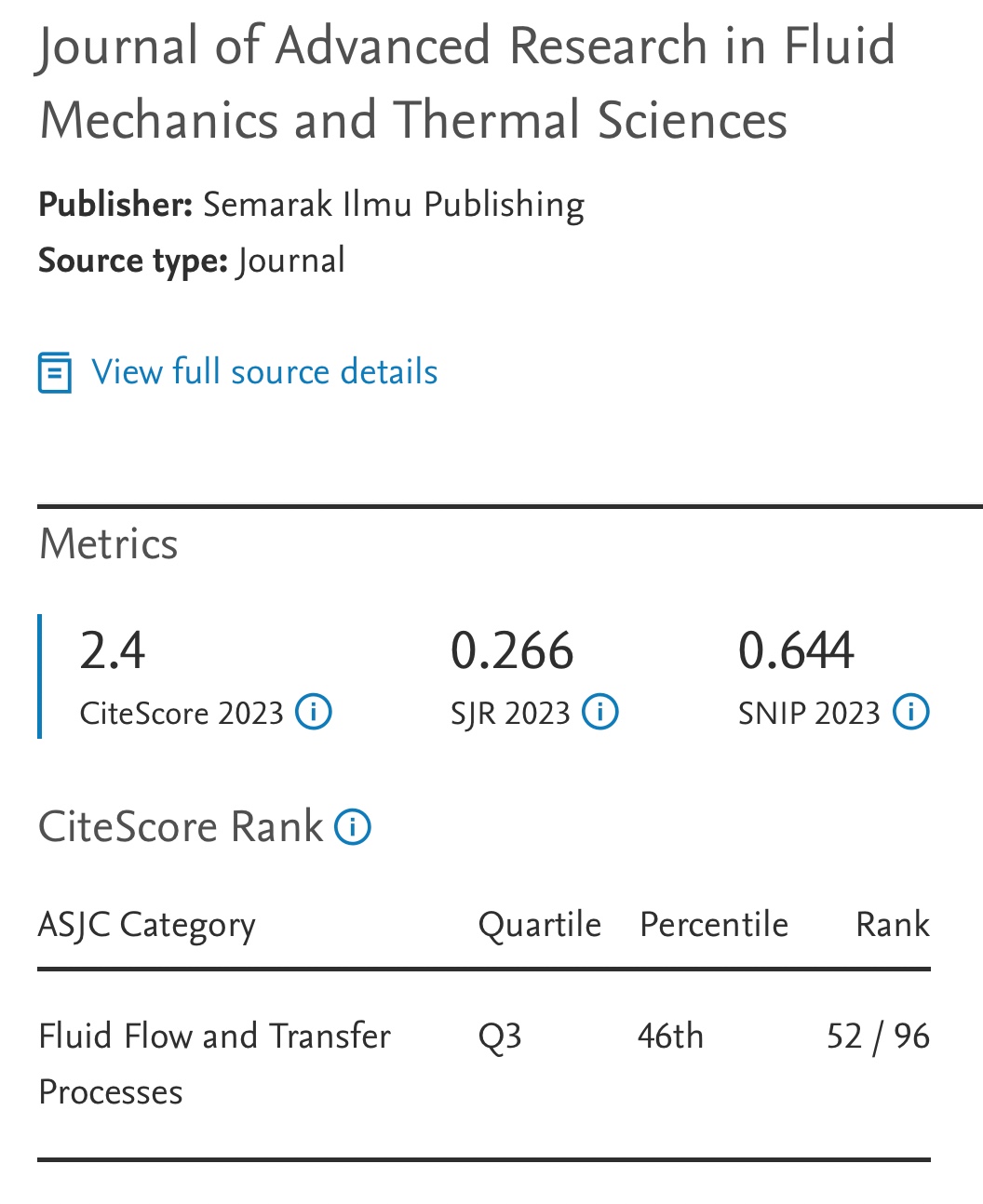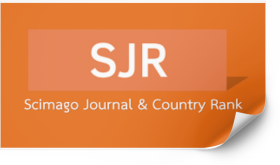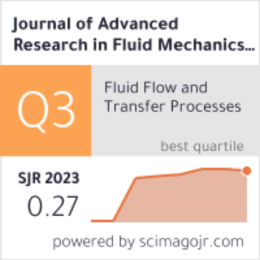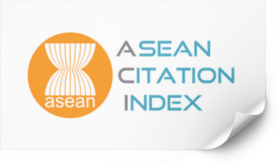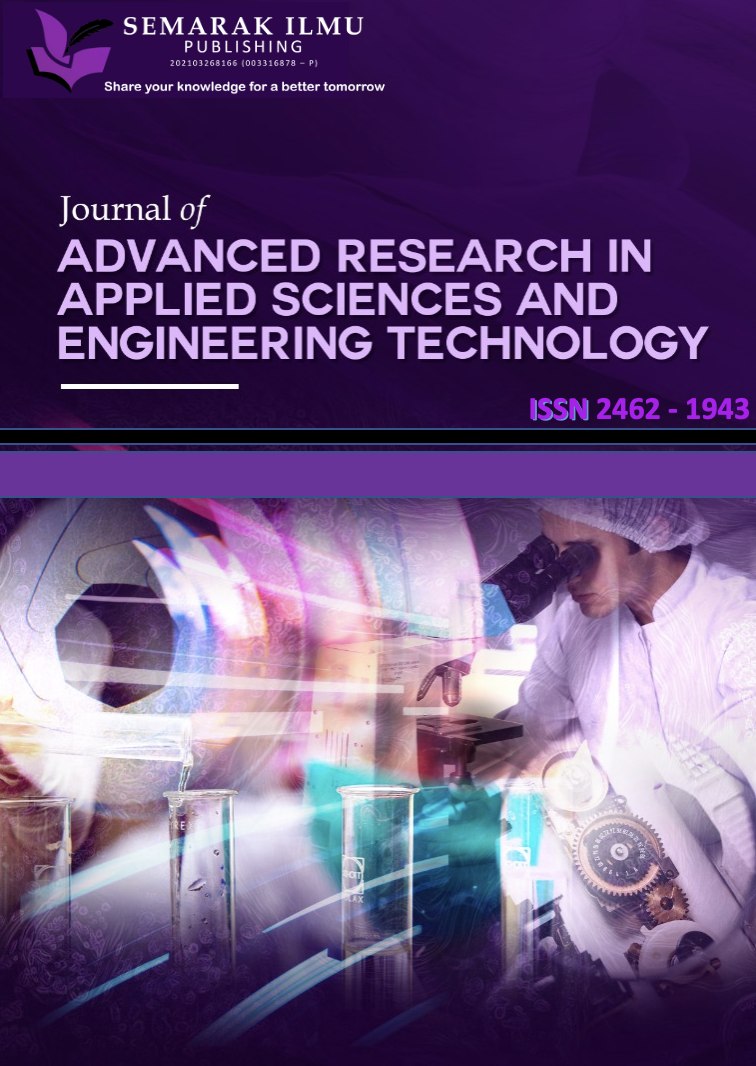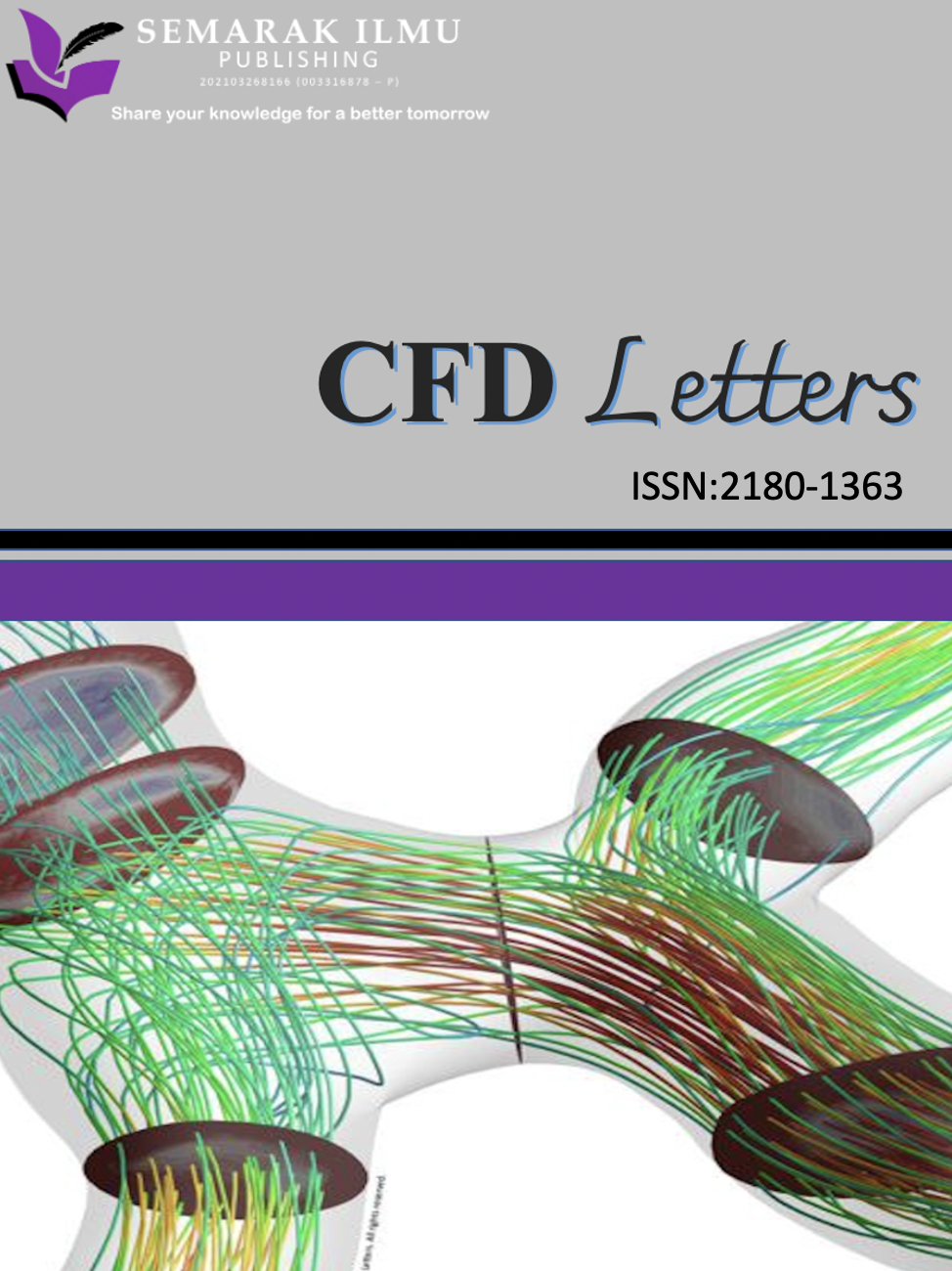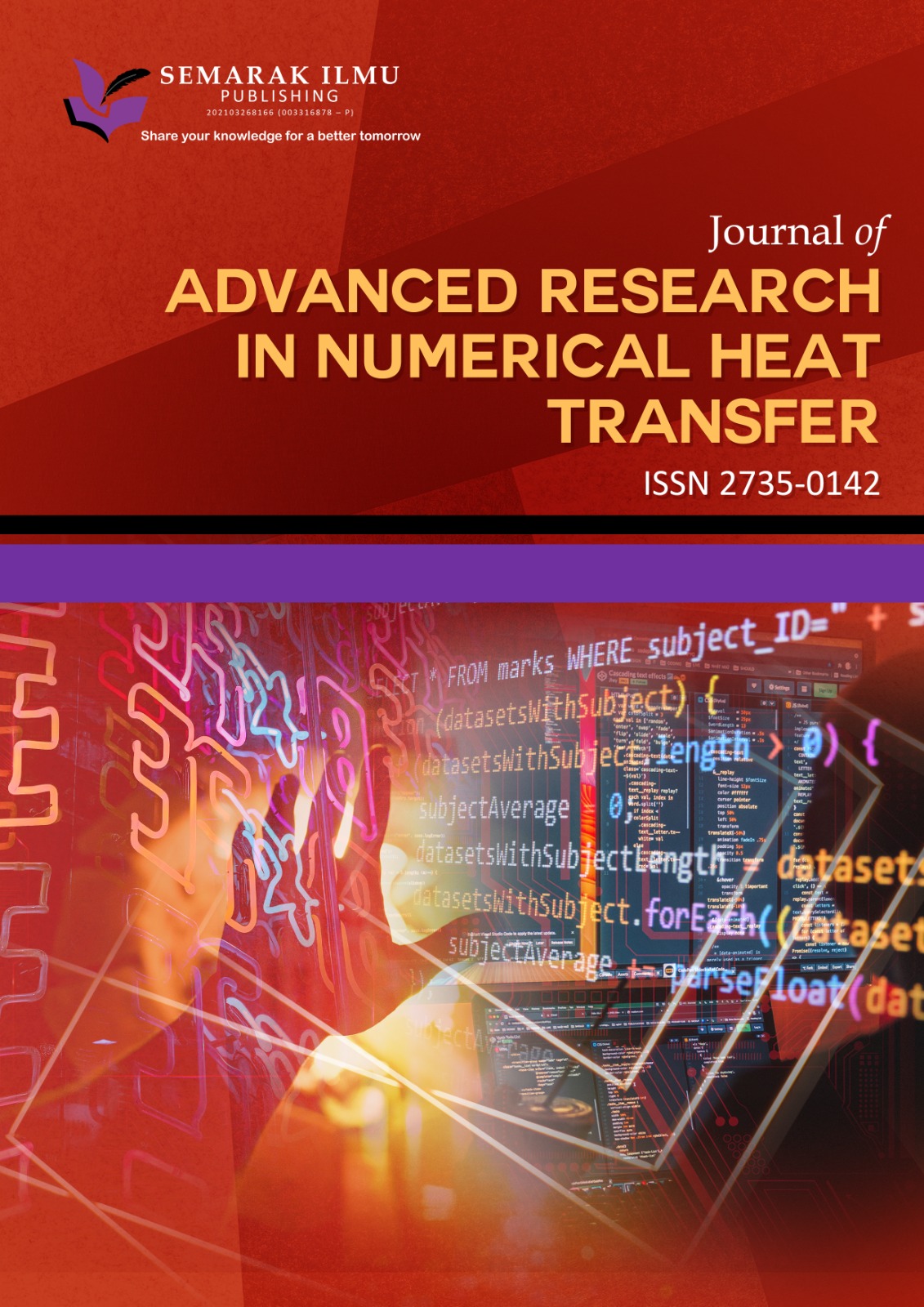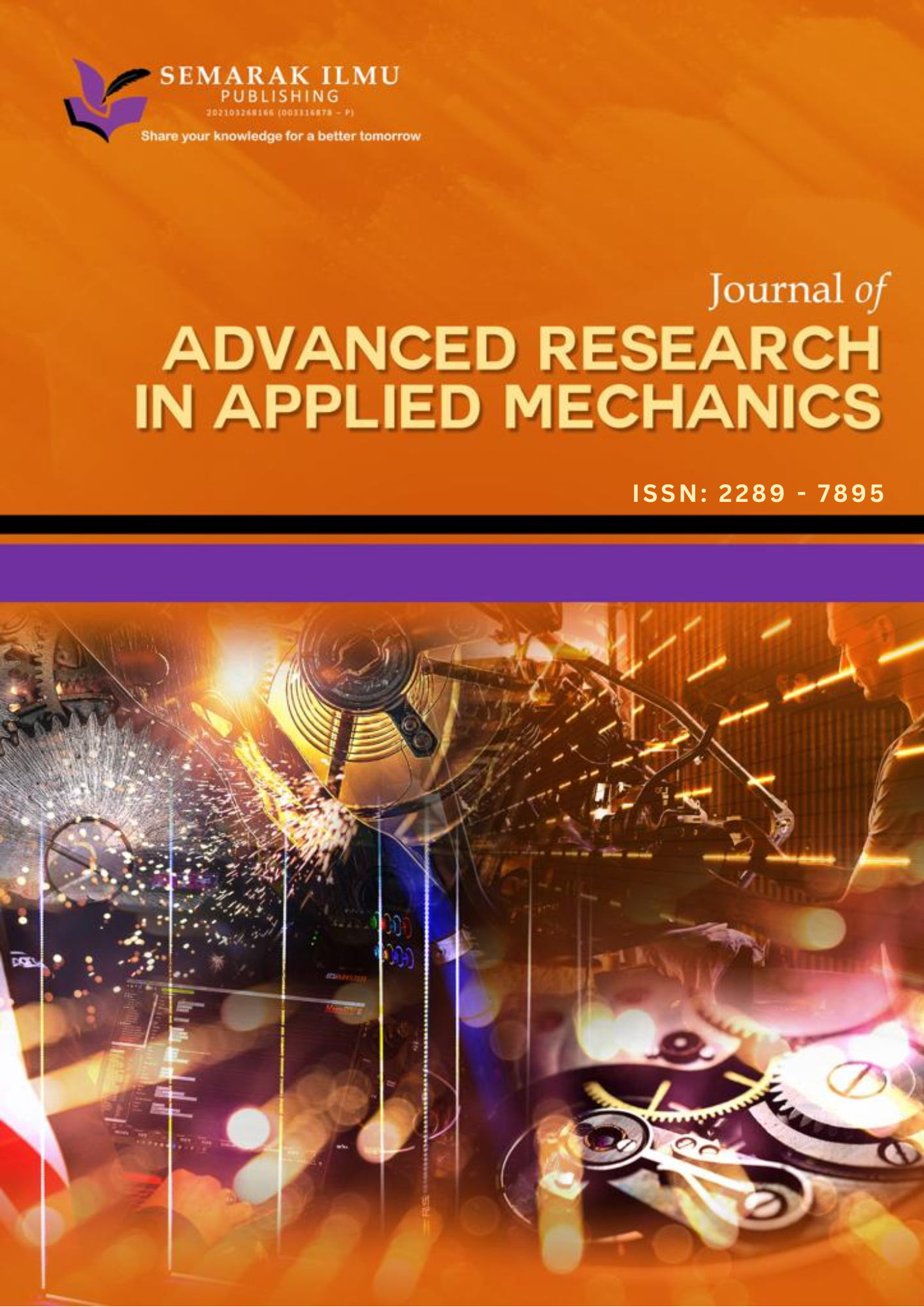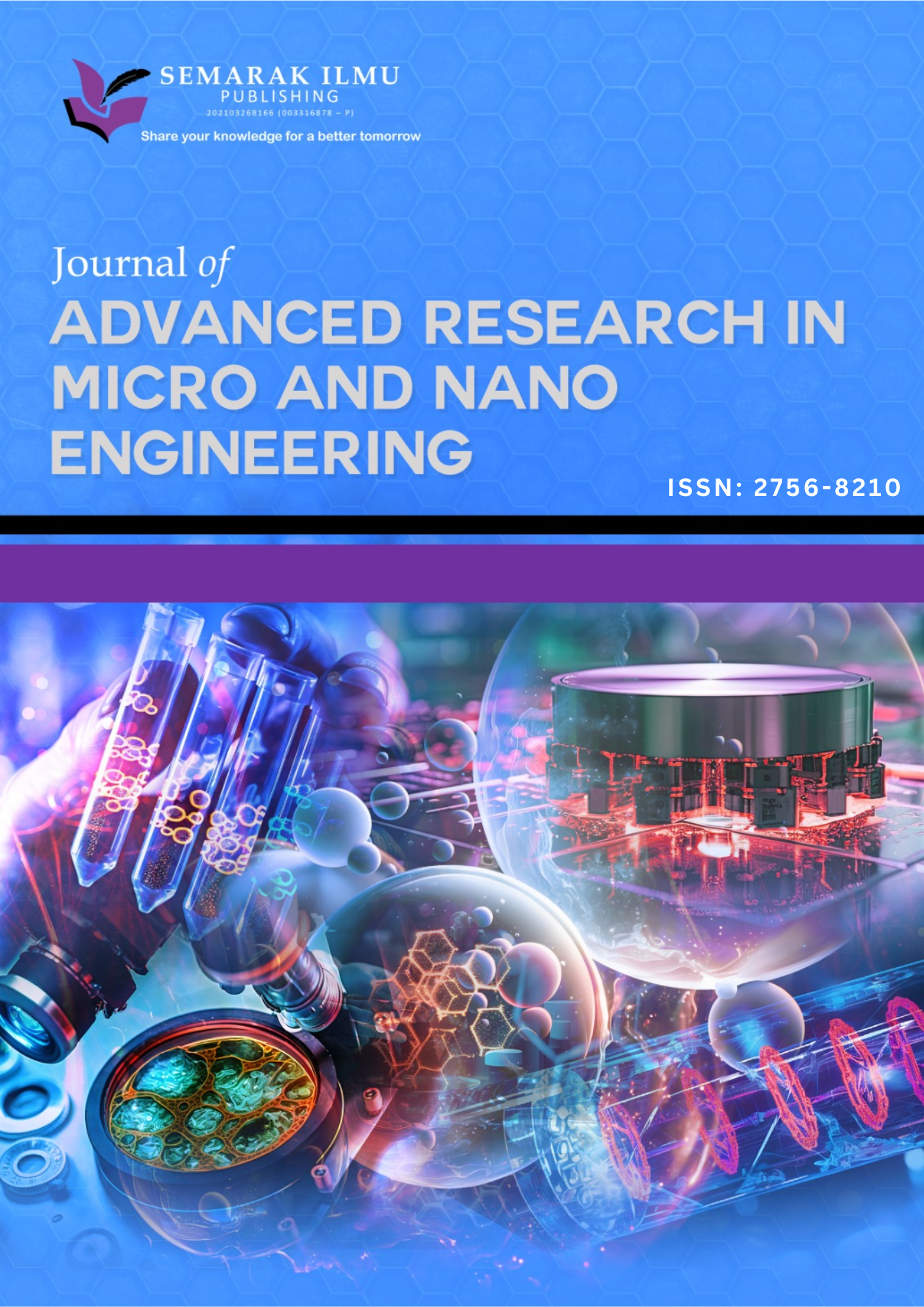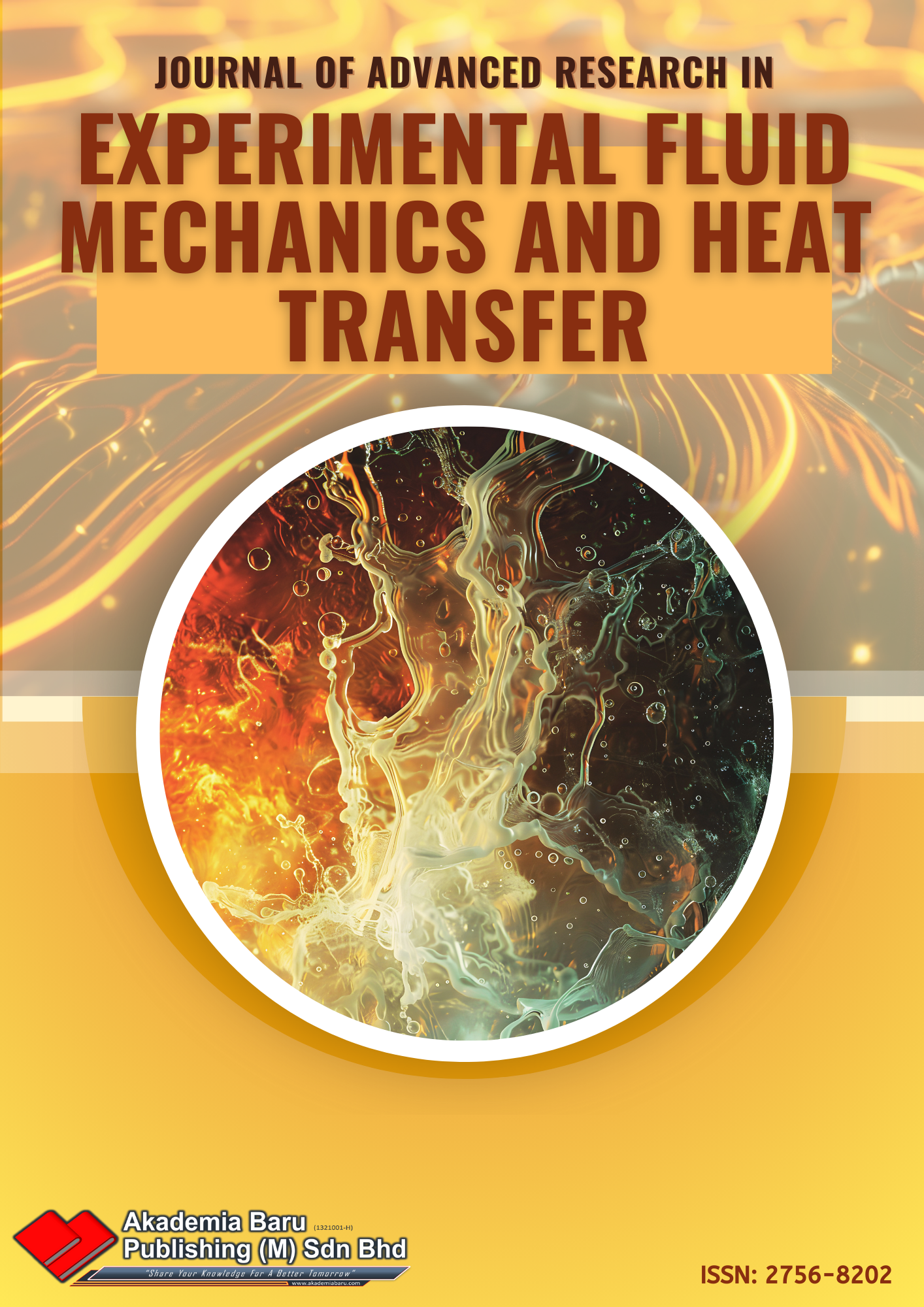Feasibility of using Kaolin Suspension as Synthetic Sludge Sample
Keywords:
Activated sludge , kaolin suspension , sludge dewatering , Moringa Oleifera , specific resistance to filtration, ludge volume indexAbstract
In this research, seven coagulants were prepared from Moringa oleifera (MO) seeds and tested on kaolin suspension (5% w/v) as a synthetic sludge (SSL) model. The first form was crude MO seeds powder without any treatment, while the second was defatted MO seeds powder. The third form was prepared by mixing the defatted seeds powder with distilled water for the extraction of bioactive compounds. The other coagulant forms were prepared using salts extraction (1 Molar), which were NaNO3, KCl, KNO3, and NaCl. Dewatering efficiency was evaluated through specific resistance to filtration (SRF) and supernatant turbidity measurements. The most effective coagulant was used for all comparison experiments between kaolin suspension as SSL model and real sludge (RSL) (activated sludge) in terms of flocs shapes, flocs filtration rate, sludge volume index (SVI), SRF, settled sludge volume (SSV) and pH. The results showed that the extractions by NaNO3 and NaCl had the highest dewaterability compared to the other coagulant forms. Due to the availability and high efficiency of NaCl, it was selected as the primary coagulant. The results of SRF for SSL and RSL were close to each other, and both types showed a similar response to the acidic medium by increasing sludge dewaterability at pH 4. On the contrary, the SSV and SVI30 values for SSL were lower than RSL under the same process conditions. The filtration rate of the dewatered RSL was about twice faster than the dewatered SSL due to the different flocs sizes of RSL. It can be concluded that kaolin suspension can be used as a SSL model for specific measurements such as SRF, but it is not possible to be used for SVI30 or other sedimentation studies.
Downloads


